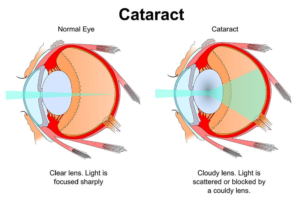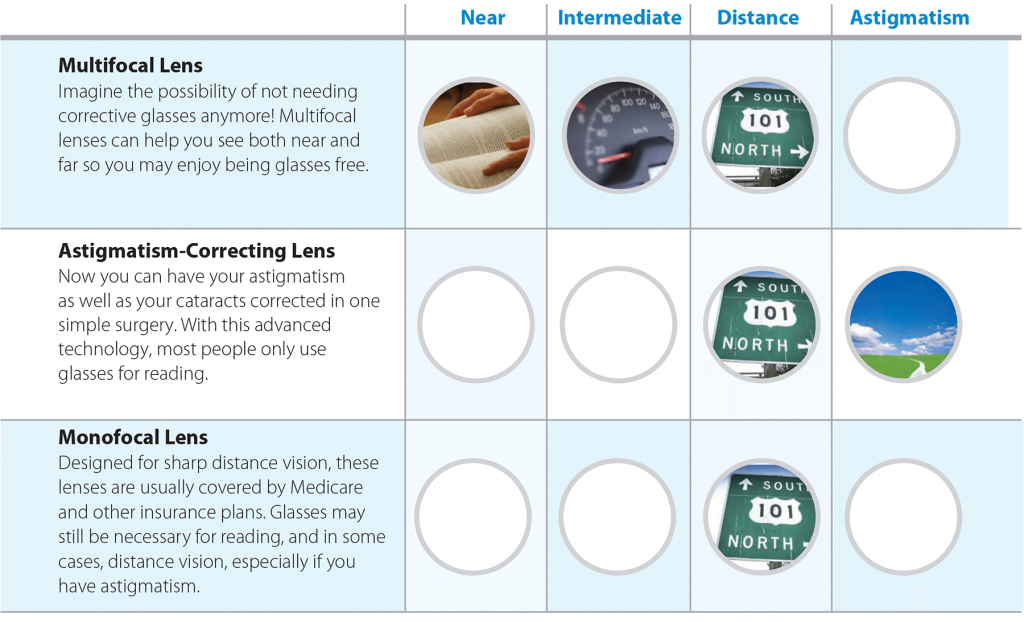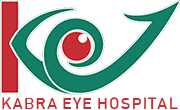WHAT IS CATARACT?
A cataract is like a cloud covering the lens in your eye. This lens usually helps to focus light on the back of your eye, but when it turns cloudy, it scatters the light, making your vision blurry.
CAUSES
- Old Age (After 50 Years)
- Prolonged use of Steroids
- Trauma
- Congenital (By Birth)
SYMPTOMS
- Blur Vision (like seeing through fog or cloud)
- Double Vision
- Glare in Sunlight or Difficulty in Night Driving
- Colour may Appear Dull
SURGICAL METHODS
PHACOEMULSIFICATION
Phacoemulsification is an advanced method in the field of cataract surgery in which the eye’s internal lens is emulsified with a handpiece that emits ultrasonic waves and the contents are aspirated from the eye. Aspirated fluids are replaced with irrigation of balanced salt solution to maintain the integrity of the anterior chamber.
Types of IOLs
range of IOLs, including monofocal IOLs, multifocal IOLs, toric IOLs, and trifocal IOLs are available. These are all A designed to provide quality vision, thus enhancing your lifestyle and reduced dependence on glasses following the cataract surgery.

